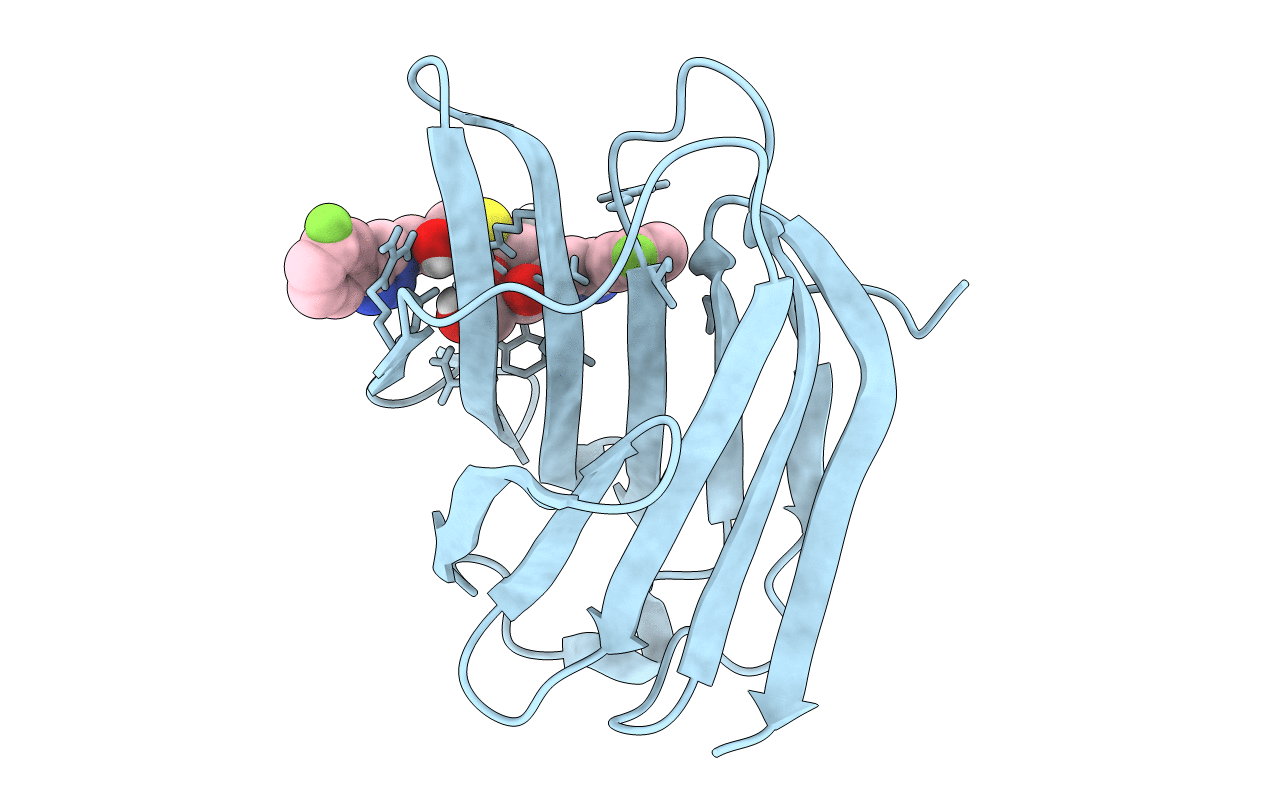
Deposition Date
2019-01-11
Release Date
2019-01-23
Last Version Date
2024-01-24
Entry Detail
PDB ID:
6QGE
Keywords:
Title:
Galectin-3C in complex with a pair of enantiomeric ligands: S enantiomer
Biological Source:
Source Organism:
Homo sapiens (Taxon ID: 9606)
Host Organism:
Method Details:
Experimental Method:
Resolution:
1.16 Å
R-Value Free:
0.15
R-Value Work:
0.12
R-Value Observed:
0.12
Space Group:
P 21 21 21


